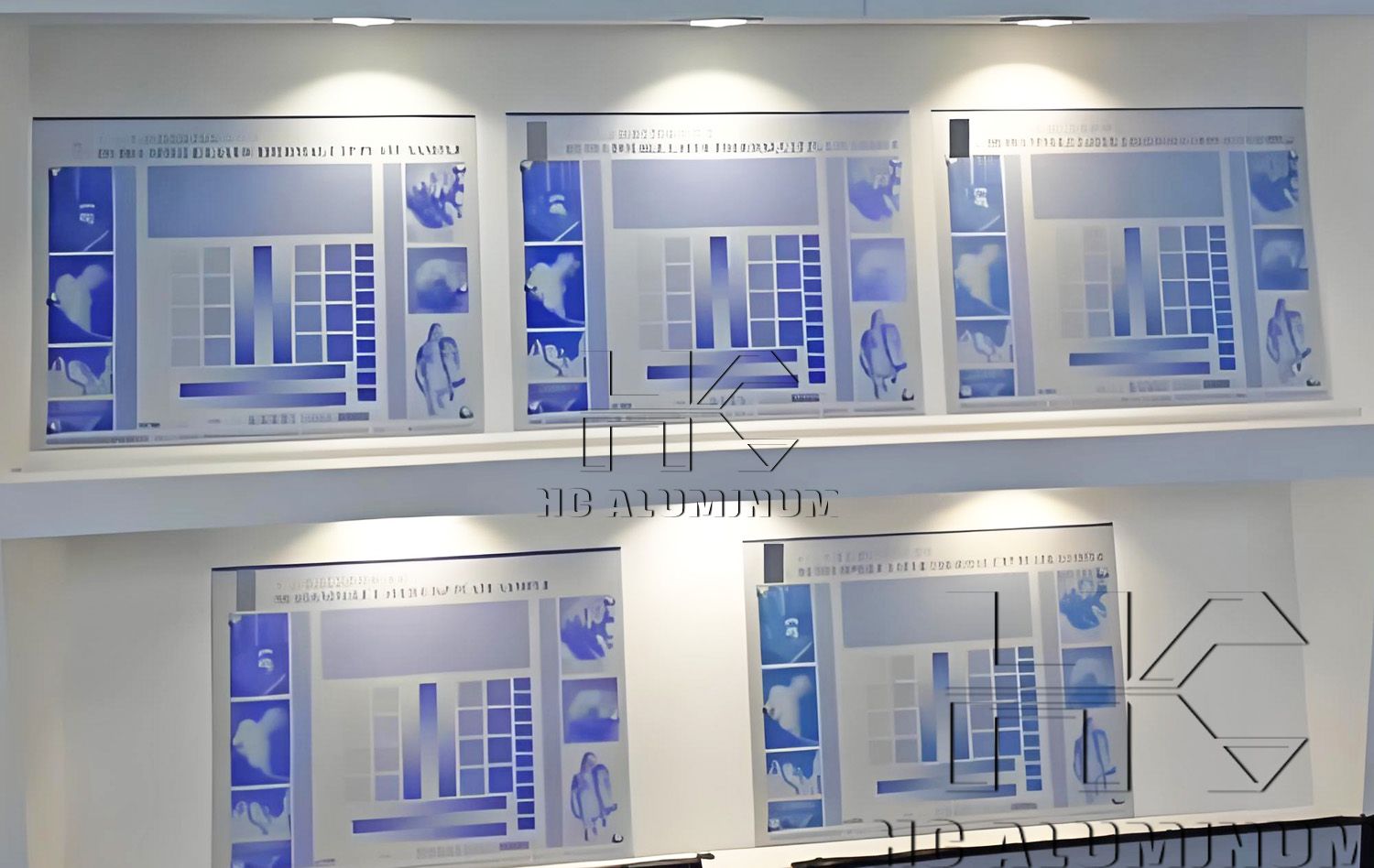If you have any questions, you can directly consult our online customer service. You can visit us online via WhatsApp. We look forward to your visit.
WhatsApp:8618703635966 Online
Advantages of Process-Free CTP Plates
What Is a Process-Free CTP Plate?
A process-free CTP (Computer-to-Plate) plate is a type of printing plate that uses laser imaging to directly transfer images onto the plate surface, eliminating the need for traditional chemical development. The plate can be processed using only clean water, with no chemical developer required, effectively resolving issues related to hazardous waste and pollutant emissions. It also reduces electricity and water consumption, helping print shops move toward greener and more sustainable printing.
Based on imaging technology, process-free CTP plates are mainly categorized into:
Thermal Type:
Utilizes laser heating to induce thermal fusion, ablation, or polarity changes in the coating to form an image. This is currently the most widely used type of process-free plate on the market.Violet Laser Type:
Uses violet laser exposure to cure the photosensitive coating into an image. Some violet plates also support low-chemical or fully chemical-free processing.

Technical Specifications
| Item | Process-Free CTP Plate |
| Plate Type | Negative-working, thermal digital plate |
| Applications | Commercial printing, newspaper, packaging |
| Thickness | 0.15mm, 0.20mm, 0.24mm, 0.30mm, 0.40mm |
| Base Material | Aluminum sheet 1050 / 1060 / 1070 |
| Spectral Sensitivity | 830 nm |
| Laser Energy | 130 mJ/cm² – 150 mJ/cm² |
| Resolution | 1% to 99% @ 200 lpi or 25 µm FM screen |
| Developer | Not required |
| Shelf Life | 18 months |
Key Advantages of Process-Free CTP Plates
1. Environmentally Friendly
Process-free plates require no chemical developer during plate processing. Only water is needed, eliminating hazardous chemical waste and significantly reducing environmental impact.
2. Simplified Workflow
Compared to traditional PS plates, CTP plates utilize a digital imaging workflow that removes chemical processing steps like development and fixation. The plate surface features a uniform grained texture that enhances printability and reduces issues like scumming or background fogging.
3. Cost Efficiency
This technology reduces consumption of chemicals and wastewater treatment costs. Some process-free plate models are now comparable in price to traditional PS plates, helping lower operational expenses. With a print run durability of 80,000 to 150,000 impressions (as of 2024 data), they also deliver long-term economic benefits.
4. Sharp Imaging
Modern process-free plates use high-performance coating layers and advanced micro-particle imaging technologies to ensure accurate line reproduction and smooth tonal gradation. Supports high screen rulings (200–300 lpi) and can deliver over 200,000 impressions under appropriate conditions.
5. Consistent Print Quality
By eliminating complex chemical development steps, the chance of imaging errors is greatly reduced, leading to better consistency and fewer variations in print quality.
Applications of Process-Free CTP Plates
Process-free CTP plates are widely used in:
High-quality sheetfed offset printing
Heatset web offset printing
Non-UV packaging printing
Short-run UV offset applications (selected models)
Usage Notes
1. Storage & Environmental Conditions
Recommended storage temperature: 20–25°C
Humidity: 40%–60%
Avoid high temperature or humidity that may deform or degrade plate performance.
2. Installation & Inspection
Plate Surface Cleaning: Ensure the plate is free from dust or debris before mounting.
Thickness Measurement: Use a micrometer to measure at least four points and calculate the average to match blanket packing thickness.
Registration Marks: For multi-color printing, mark precise registration lines on the plate.
3. Pre-Press Processing
Pre-treatment: Some process-free plates may require water-based gum coating or dust removal. Follow equipment instructions carefully.
Dampening Solution: Use dedicated fountain solutions; avoid corrosive chemicals that may damage the plate.
4. In-Press Operation
Water-Ink Balance: Adjust the dampening system to maintain stable ink-water balance and prevent dot loss.
Print Durability Monitoring: Monitor quality during the run; adjust parameters if dot loss or dirty background appears.
5. Maintenance & Care
Developer Filter: Regularly replace developer filters (if applicable) to maintain pH balance (recommended: pH 11.75).
Equipment Cleaning: Clean laser heads and plate transport units to ensure precise exposure and plate processing.

